Are you interested in exploring historic homes? Here are the must-see historic houses in Saxony-Anhalt:
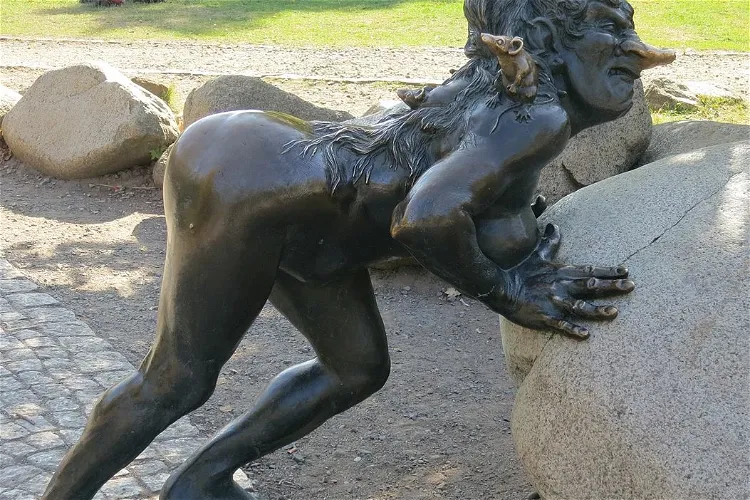
Hexentanzplatz Zoo
ThaleAbove the Hexentanzplatz, visitors can find the remains of the Sachsenwall. This wall, made of granite rocks, is believed to be part of a larger fortification that is over 1,500 years old. This historical site provides a glimpse into the past and the rich history of the area.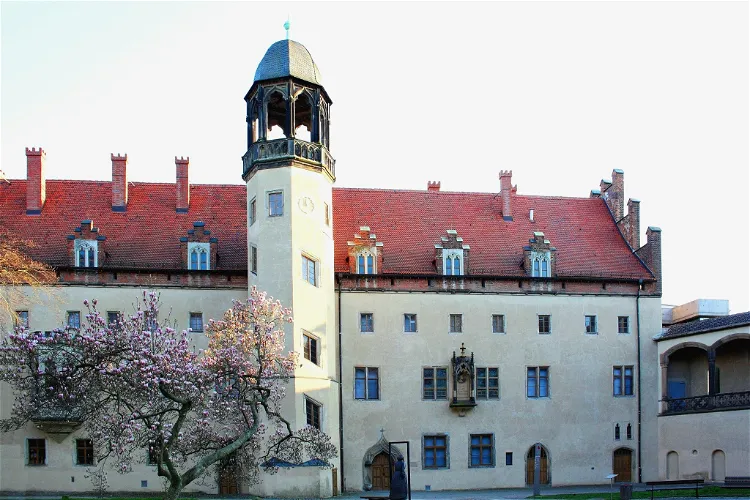
Luther Hall
WittenbergThe Luther House, or Lutherhaus in German, is a significant historical site in Wittenberg, Germany. It served as the home of Martin Luther, the Protestant reformer and founder of Lutheranism, for over 35 years. Today, it stands as a museum, offering visitors a glimpse into the life and work of this influential figure.
DDR MUSEUM THALE
ThaleThe DDR-Museum Thale, located in Thale, Saxony-Anhalt, is a museum that primarily focuses on the living and everyday culture in the DDR (East Germany). It provides a unique insight into the lifestyle and daily routines of the people during the era of East Germany, making it a fascinating destination for those interested in history and culture.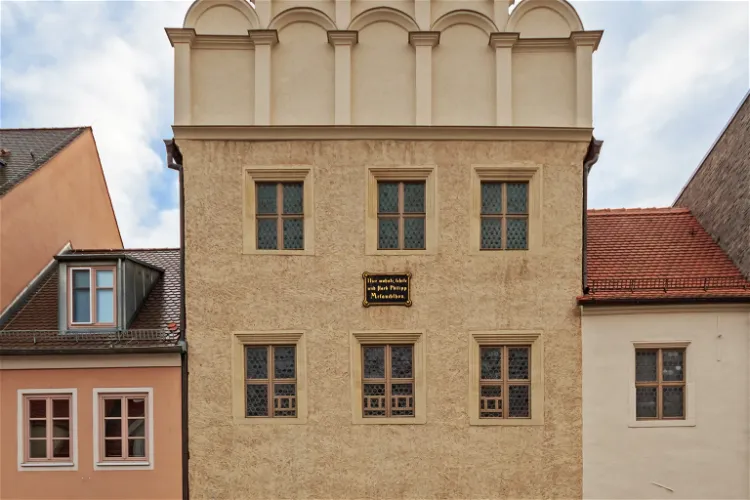
Melanchthon’s House
WittenbergThe Melanchthonhaus in Lutherstadt Wittenberg is a remarkable Renaissance building, known for its late Gothic framed windows and a round-arched tiered gable. Its architectural beauty makes it one of the most attractive townhouses in the city, offering a glimpse into the architectural style of the Renaissance period.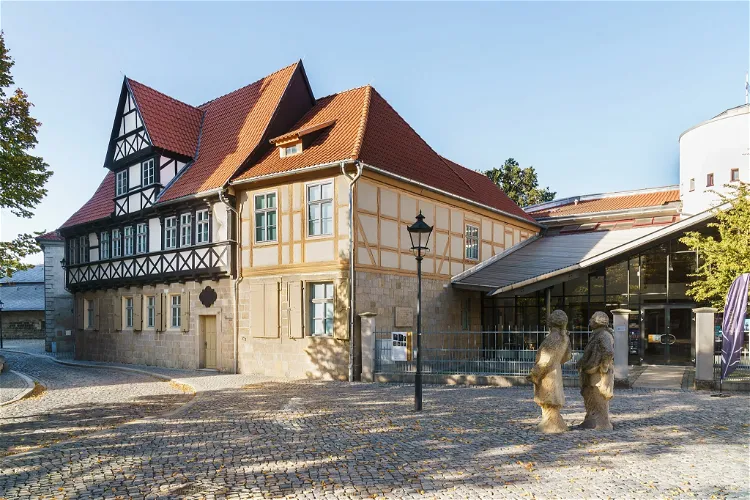
Gleimhaus
HalberstadtThe Gleimhaus in Halberstadt, built in 1862, is recognized as one of the oldest literary museums in Germany. It is situated in the former residence of the renowned poet and collector, Johann Wilhelm Ludwig Gleim. This historical significance of the museum, combined with its rich literary heritage, makes it a fascinating destination for tourists interested in German literature and history.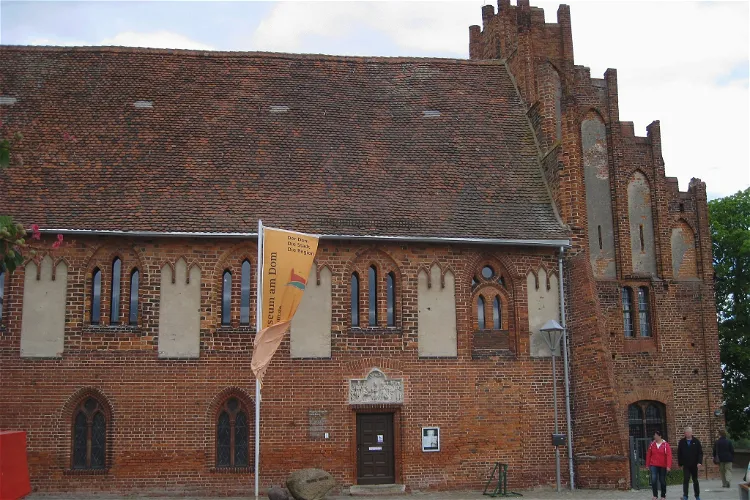
Prignitz-Museum
HavelbergThe Prignitz-Museum in Havelberg welcomes more than 10,000 visitors annually and is open throughout the year. This makes it a popular destination for tourists and locals alike. The museum's year-round availability allows visitors to plan their visit at a time that suits them best, making it a convenient option for those exploring the region.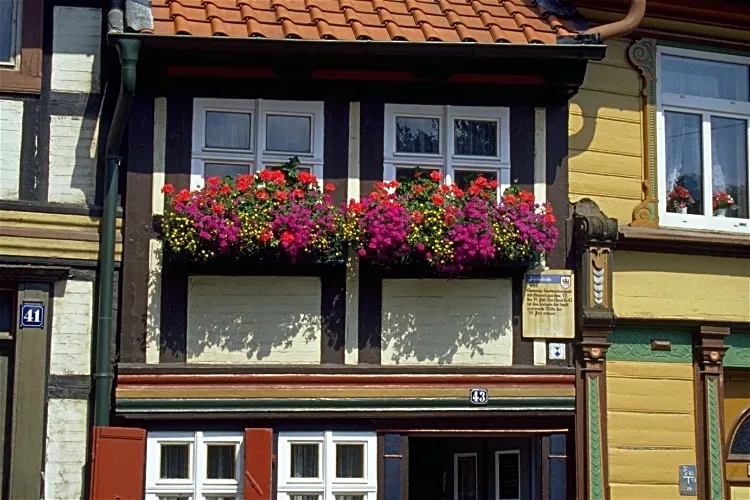
Kleinstes Haus
WernigerodeThe smallest house in the city, located in Wernigerode, is a socio-historical cultural monument. Its small size has made it famous and it is now home to a small folk museum. This unique piece of architecture offers a glimpse into the past, showcasing the living conditions of the city's poorer inhabitants during the late 18th century.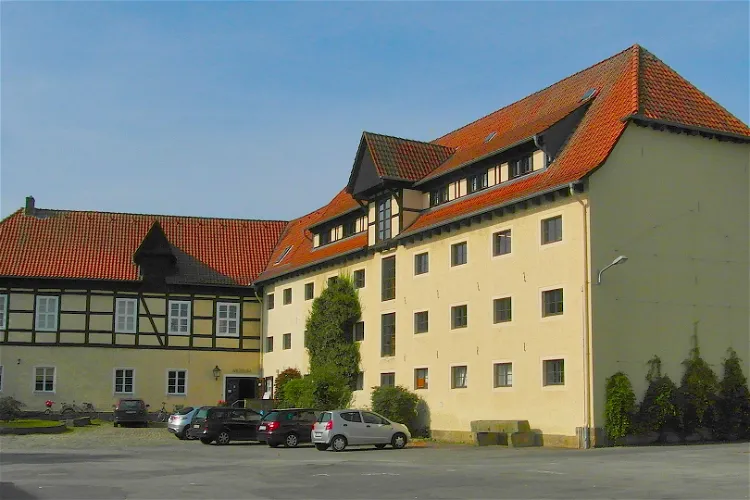
Ilsenburg Abbey
IlsenburgIlsenburg Abbey, located near Wernigerode in Saxony-Anhalt, Germany, was a monastery of the Benedictine Order. This historical site offers a glimpse into the religious and architectural history of the region.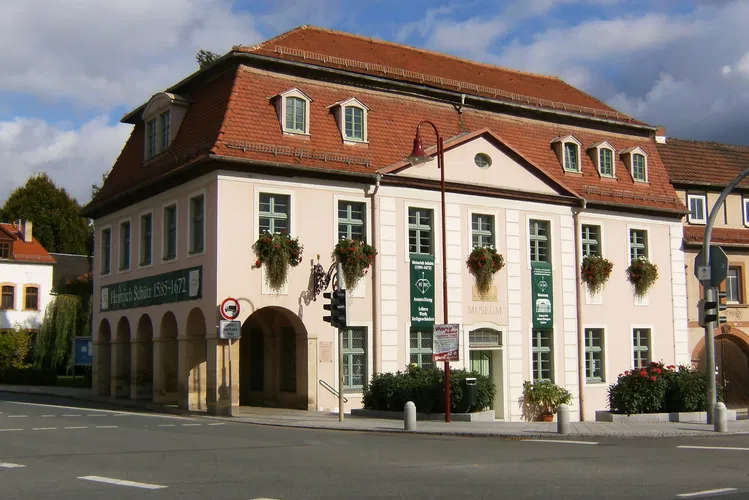
Heinrich Schütz House, Bad Köstritz
DürrenbergThe Heinrich Schütz House, located in Bad Köstritz, Thuringia, Germany, is a cultural site dedicated to the life and work of the renowned composer Heinrich Schütz. This historic building, where Schütz was born, now serves as a museum, providing visitors with a comprehensive understanding of the composer's life, his contributions to music, and his cultural background.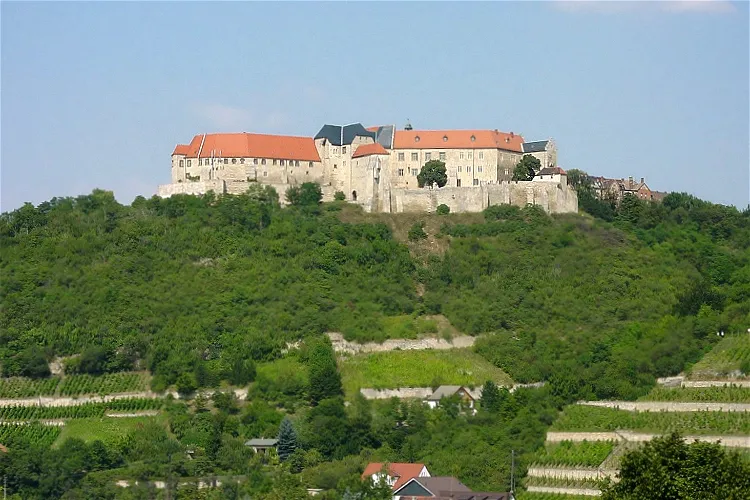
Neuenburg Castle
Freyburg (Unstrut)Neuenburg Castle is a prominent hilltop castle that offers a panoramic view of Freyburg, a charming town in the state of Saxony-Anhalt, Germany. Its elevated position not only provides a strategic advantage but also offers visitors a unique perspective of the surrounding landscape.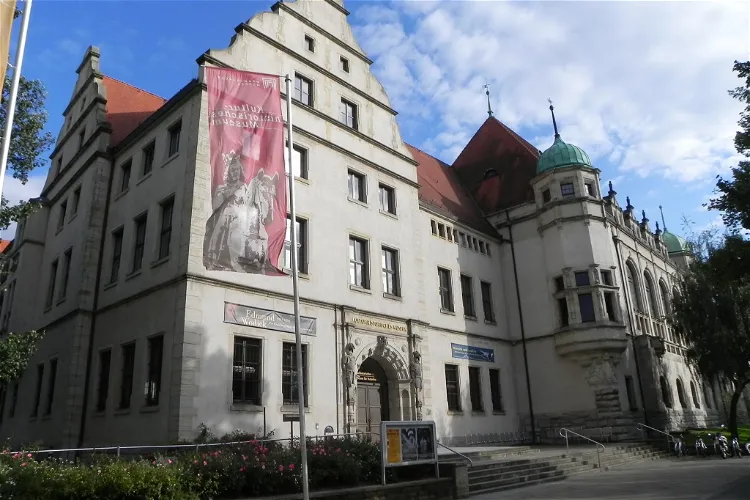
Museum of Cultural History
MagdeburgThe Kulturhistorische Museum Magdeburg (KHM), originally established in 1906 as the Kaiser-Friedrich Museum, is a cultural history museum located in Magdeburg. The museum's focus is on the city's history, which it presents through permanent and special exhibitions. It also showcases art-historical pieces.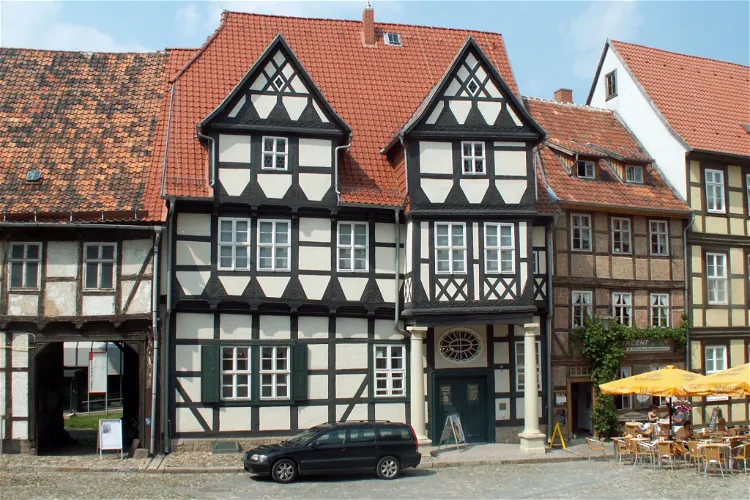
Klopstockhaus
QuedlinburgThe Klopstockhaus in Quedlinburg is a significant site as it is the birthplace of Friedrich Gottlieb Klopstock, a renowned figure in classical German literature. This historical connection adds a layer of cultural significance to the location, making it an interesting destination for those interested in literature and history.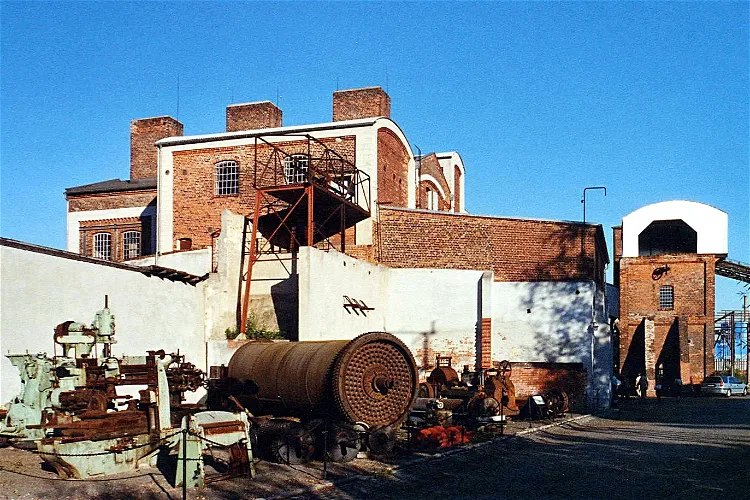
Brikettfabrik Herrmannschacht
ZeitzThe Brikettfabrik Herrmannschacht holds a significant place in industrial history as it is considered the oldest preserved briquette factory of the first generation worldwide. This makes it a unique site for those interested in industrial heritage.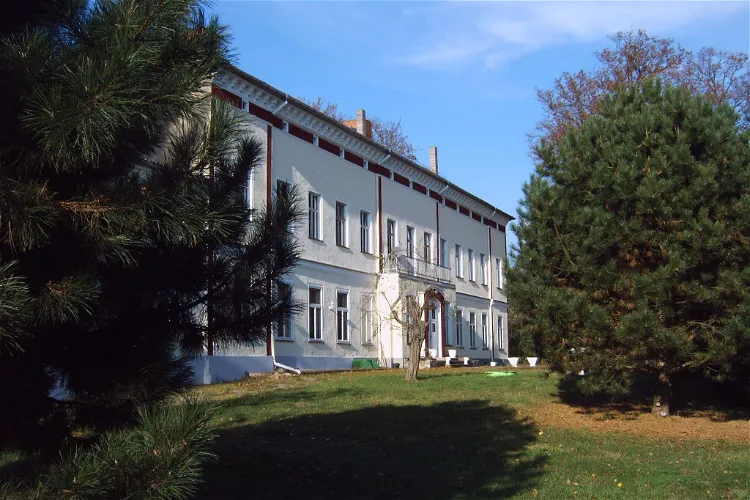
Förderverein Schloss Parchen e.V.
GenthinSchloss Parchen, also referred to as Byernsches Gutshaus, is a historical building situated in the district of Parchen in the city of Genthin, Saxony-Anhalt. This location is steeped in history and offers a unique insight into the region's past. The castle's origins are unknown, but it is mentioned as early as 1276 in historical records.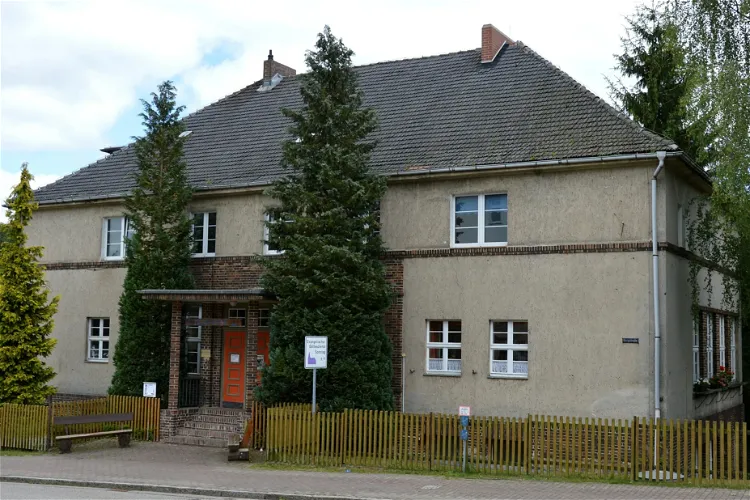
Erlebnishaus Alte Schule
HarzgerodeThe Erlebnishaus Alte Schule is a monument-protected school building situated in the town of Güntersberge, part of the city of Harzgerode in the Harz region of Saxony-Anhalt. This historic building is a significant part of the town's heritage and offers a unique insight into the region's past.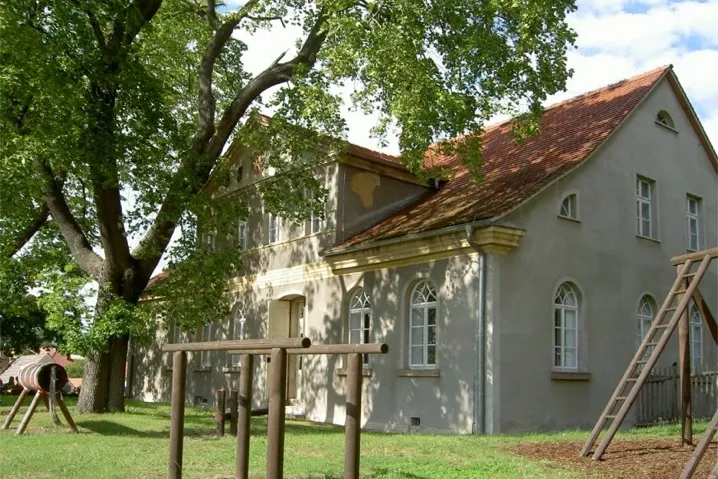
Friedrich Ludwig Jahn Museum
Freyburg (Unstrut)The Friedrich-Ludwig-Jahn-Museum is situated in a house that was constructed by Friedrich Ludwig Jahn himself in the years 1838/39. The museum is located in Freyburg (Unstrut), near the Unstrutwehr at the eastern outskirts of the city. This location offers visitors a chance to explore the historical context of Jahn's life and work.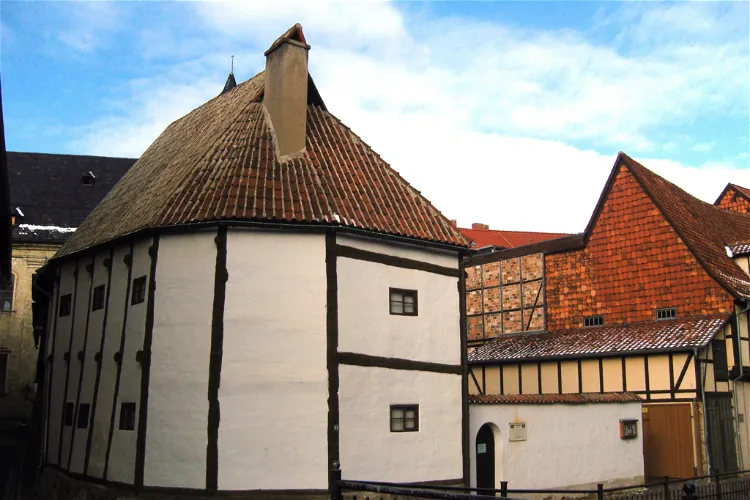
Half-timbered museum in a frame building
QuedlinburgThe Half-timbered museum Ständerbau is a significant historical site located in the heart of Quedlinburg's old town. This protected half-timbered house is situated at Wordgasse 3, where it stands as a testament to the city's rich architectural history. It is part of the UNESCO World Heritage site and is listed in the Quedlinburg monument directory as a residential house.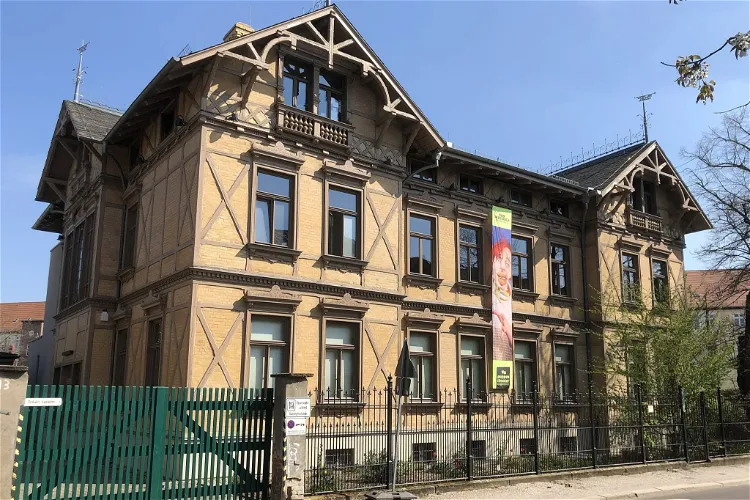
villa p. - Figurenspielsammlung Mitteldeutschland
MagdeburgThe villa p. is a significant historical site located in the Buckau district of Magdeburg. This timber-framed villa is a protected monument and is home to the Figurenspielsammlung of the Magdeburg Puppet Theatre. This makes it a unique destination for tourists interested in history, architecture, and puppetry.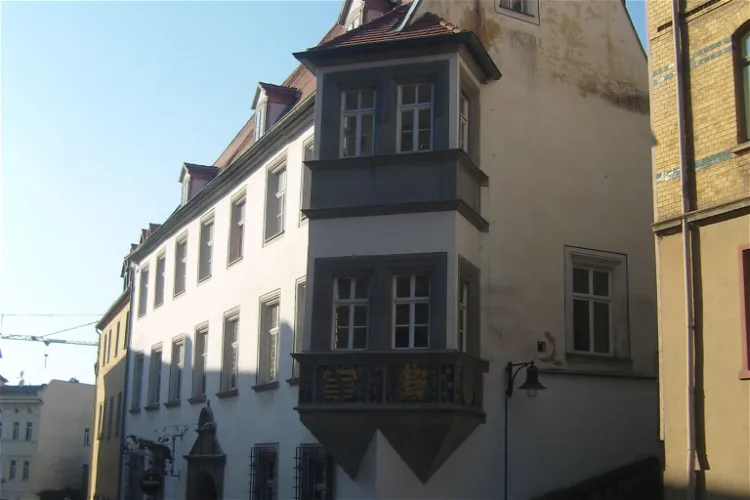
Geleitshaus
WeißenfelsThe Geleitshaus, located in the Große Burgstraße of Weißenfels, is a historical building that now houses the Gustav-Adolf-Museum and an Irish Pub. This former escort office is a significant part of the city's history and offers visitors a chance to explore the past while enjoying modern amenities.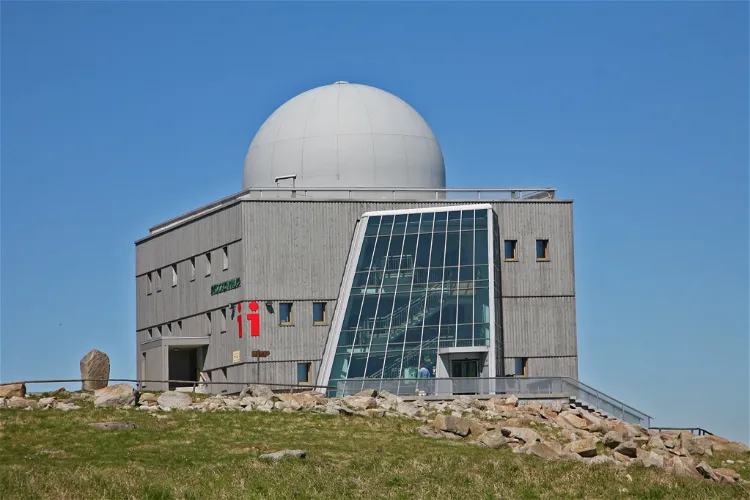
Nationalpark-Besucherzentrum Brockenhaus
WernigerodeThe Brockenhaus is a significant landmark located at the peak of the Brocken in the Harz region of Saxony-Anhalt. It serves a dual purpose as a visitor center for the Harz National Park and a museum. This makes it a key point of interest for tourists visiting the area, offering a wealth of information about the park and its surroundings.
Schloßmuseum
QuedlinburgQuedlinburg Castle, also known as Schloss Quedlinburg, is a historical site that was originally part of the Quedlinburg Abbey. This castle is a significant part of the town's history and offers a glimpse into the past. Visitors can explore the castle and learn about its origins and the role it played in the history of Quedlinburg.
Kulturhistorisches Museum Schloss Merseburg
MerseburgSchloss Merseburg is a castle built in the Renaissance style, situated in the city of Merseburg in Saxony-Anhalt. Historically, it served as a royal palace, a bishop's seat, and a ducal residence. This rich history adds to the cultural and architectural significance of the castle, making it an interesting site for tourists.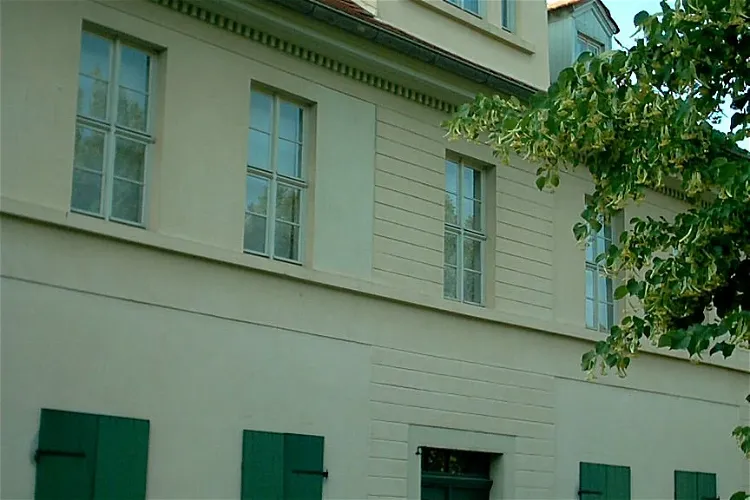
Nietzsche-Haus, Naumburg
Naumburg (Saale)The Nietzsche-Haus in Naumburg (Saale) is a museum dedicated to the life and work of the philosopher Friedrich Nietzsche. It provides an in-depth look into Nietzsche's life, his philosophies, and his influence on the world. The museum is located in the house where Nietzsche's mother, Franziska Nietzsche, moved with her two children, Friedrich and Elisabeth, in the summer of 1858.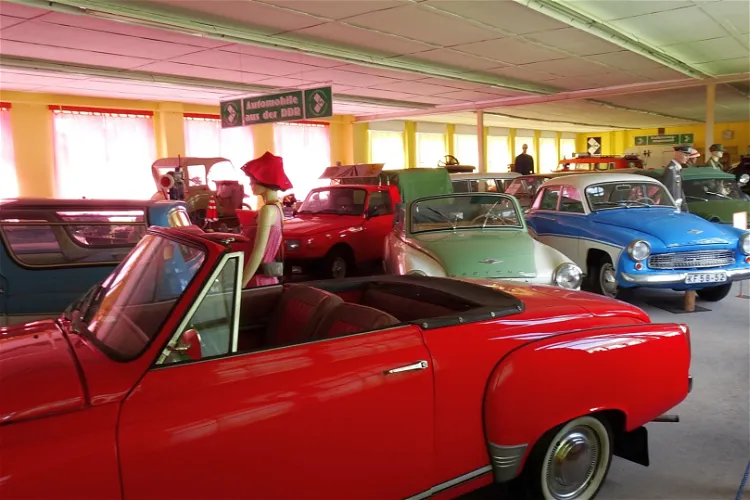
Ostdeutsches Fahrzeugmuseum Benneckenstein
BenneckensteinThe Ostdeutsches Fahrzeugmuseum Benneckenstein, previously known as the Ostdeutsches Fahrzeug- und Technikmuseum, is a museum dedicated to vintage cars. It is situated in Sachsen-Anhalt, a region known for its rich history and cultural heritage. The museum offers a unique opportunity to explore the evolution of automotive technology, particularly focusing on vehicles from the former East Germany.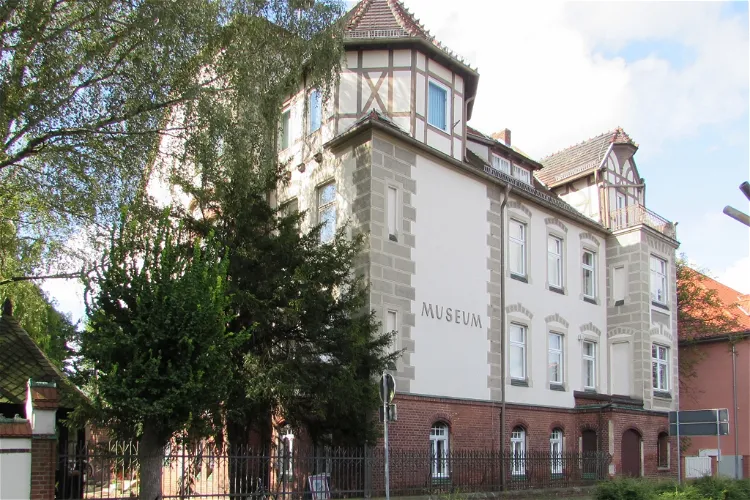
Kreismuseum Jerichower Land
GenthinThe Kreismuseum Jerichower Land, situated in the city of Genthin, is a local history museum that boasts over 25,000 exhibits. This makes it one of the largest museums in northern Saxony-Anhalt. The museum, which opened in 1886, provides a comprehensive insight into the region's history and culture.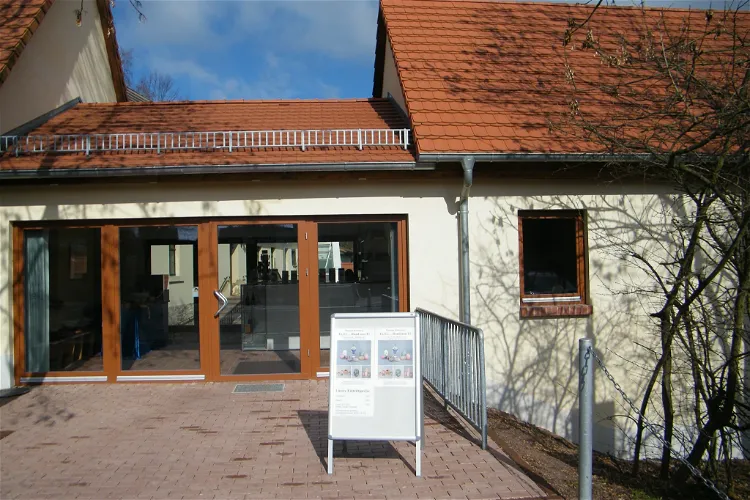
Museum Petersberg
DrehlitzThe Museum Petersberg, located in Petersberg, Saalekreis, in Saxony-Anhalt, Germany, is a regional history museum that offers visitors a glimpse into the area's past. The museum is housed in a four-sided courtyard that was once a royal Prussian forestry house. These buildings, constructed in 1752, have been largely reconstructed and are protected as historical monuments, adding to the museum's historical charm.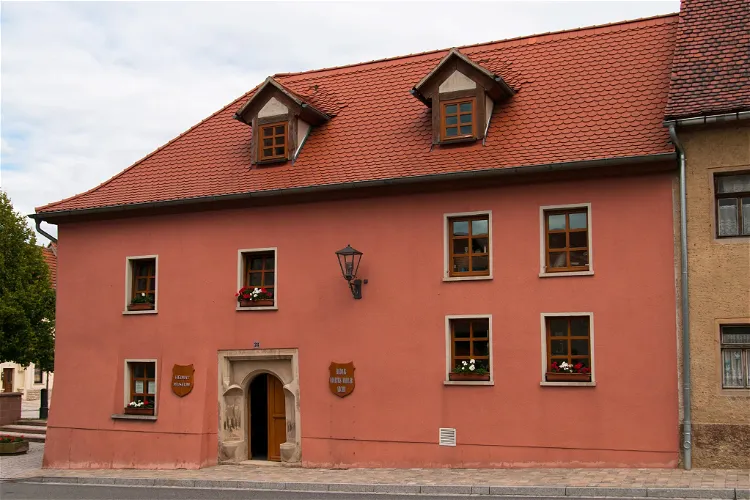
Heimatmuseum Nebra
Nebra (Unstrut)The Heimatmuseum Nebra is a local museum situated in the city of Nebra in Saxony-Anhalt. The museum is located in the former Fulsche-Haus, which was a shoemaker's house. This house was gifted to the city of Nebra in the late 1990s, and the city supported the renovation and establishment of a museum within it.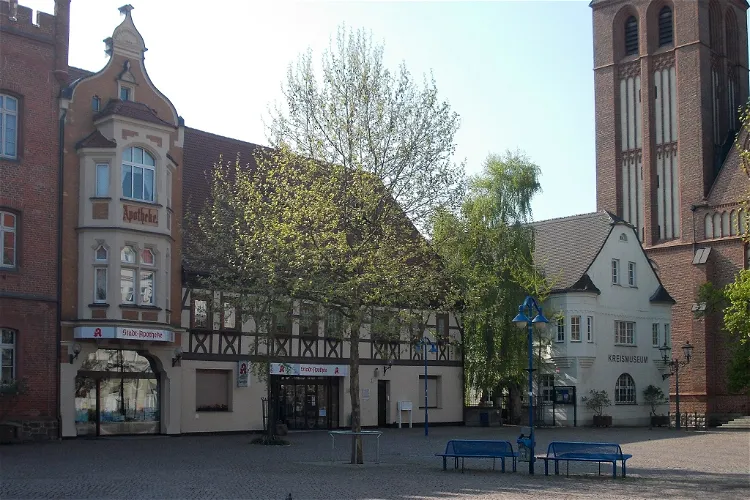
Kreismuseum Bitterfeld
Bitterfeld-WolfenThe Kreismuseum Bitterfeld, located in Bitterfeld-Wolfen, was established in 1892 by Emil Obst. It was initially created as a city collection of Saxon antiquities, with a particular focus on items from the city and district of Bitterfeld. This historical context provides a unique insight into the region's past, making it a fascinating destination for those interested in history and culture.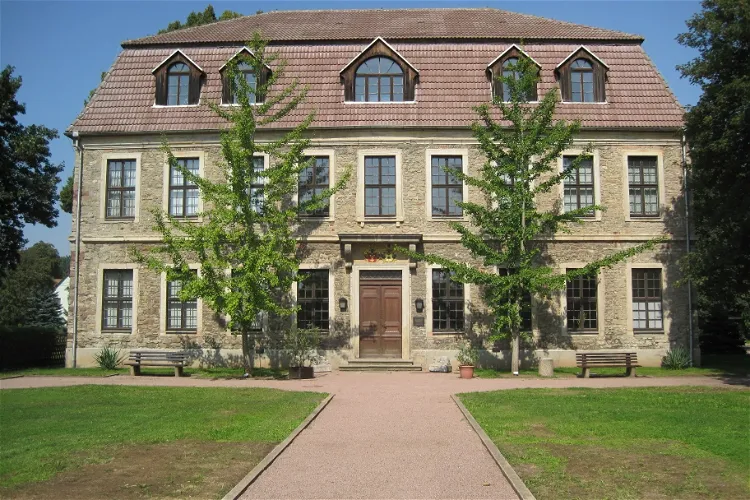
Mansfeld Museum im Humboldt-Schloss Hettstedt
HettstedtThe Mansfeld Museum, located in the Burgörner district of the city of Hettstedt in the Mansfeld-Südharz district in Saxony-Anhalt, is dedicated to the history of Mansfeld copper shale mining. This museum provides a comprehensive insight into the rich mining history of the region, making it an interesting destination for those interested in industrial history and geology.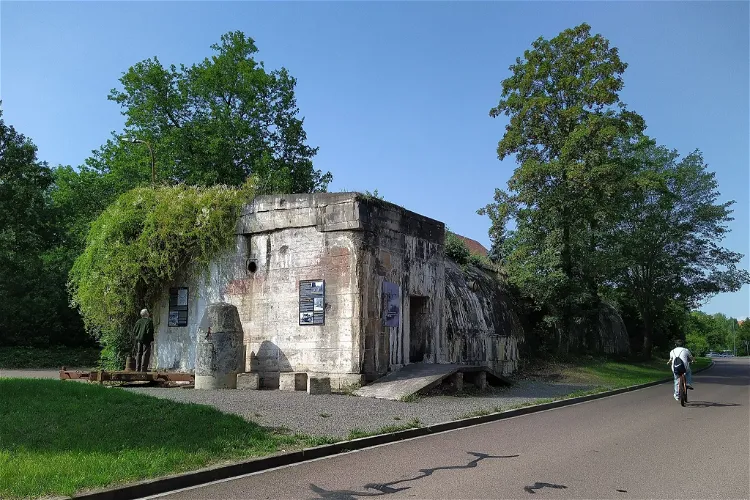
B134a - Luftschutzbunker Krumpa
BraunsbedraThe B134a - Luftschutzbunker Krumpa is a significant historical site located in Saxony-Anhalt. This air-raid shelter, built in 1944 during World War II, served a crucial role as a protection and command bunker for the administration and management of the Lützkendorf mineral oil plant, owned by Wintershall A.G. at the time.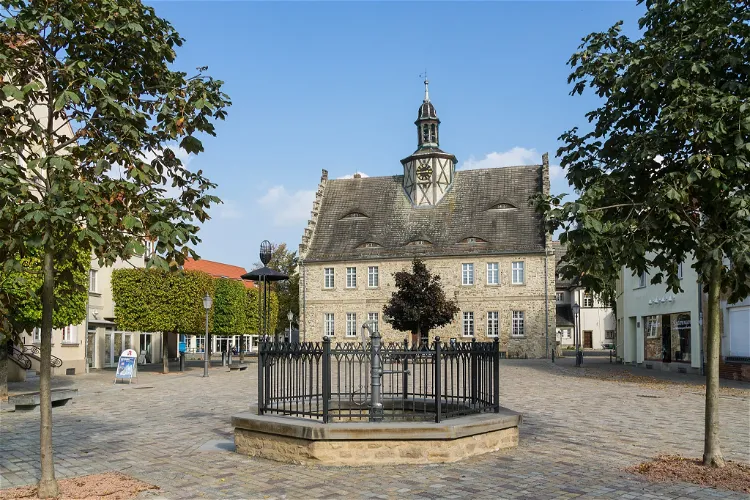
Salzlandmuseum
Schönebeck (Elbe)The Salzlandmuseum in Schönebeck (Elbe) holds a unique position as the only district museum of the Salzlandkreis. Established in 1924, the museum moved to its current location in the former town hall of Bad Salzelmen, previously known as Groß Salze, in 1954. This historical building adds to the charm and authenticity of the museum experience.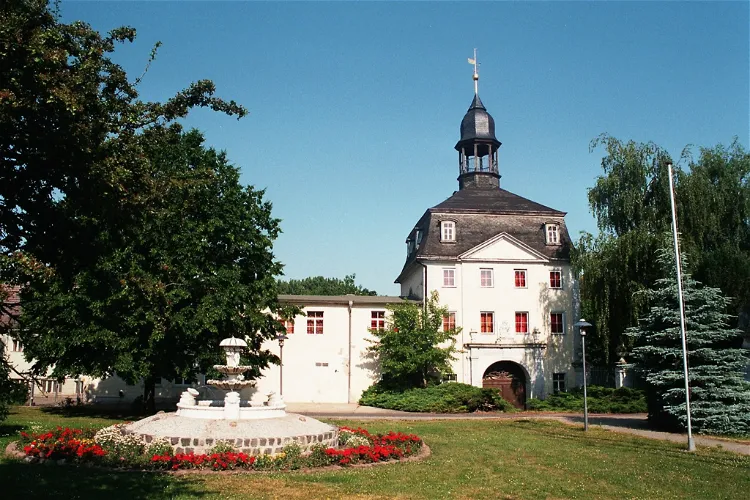
Van de Merwe Museum im Biendorfer Schloss
Bernburg (Saale)Schloss Biendorf is a historical site located in Biendorf, a district of the city of Bernburg in the Salzlandkreis in Saxony-Anhalt. The castle was initially built around 1720 and later expanded in the late Baroque period between 1759 and 1784. This historical monument offers a glimpse into the architectural styles and cultural heritage of the period.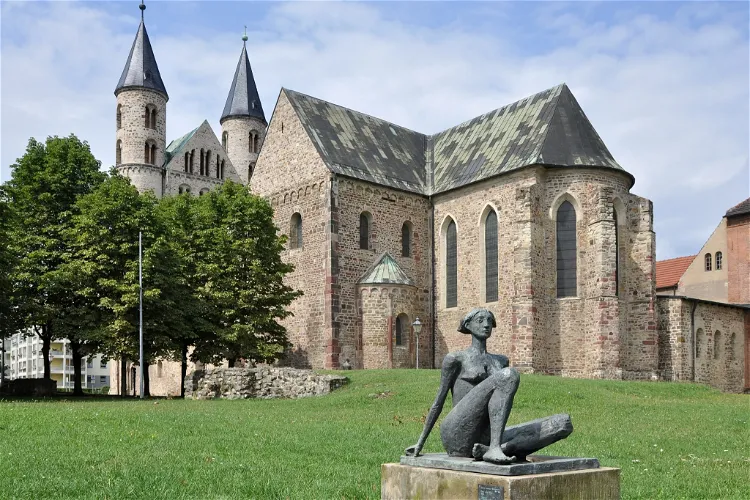
Kunstmuseum Kloster Unser Lieben Frauen
MagdeburgThe Kunstmuseum Magdeburg is the city's museum for contemporary art. It is conveniently located in the heart of the old town, close to the Elbe River and the Magdeburg Cathedral. This location makes it an easy addition to any tourist's itinerary, offering a chance to explore the rich contemporary art scene of the city.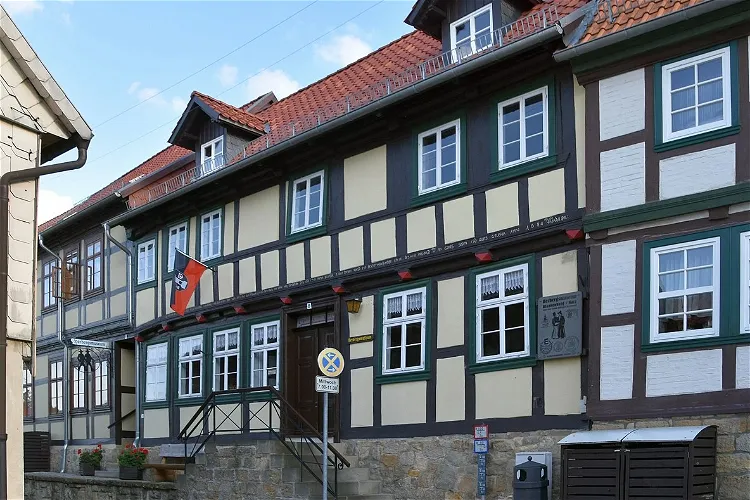
Herbergsmuseum
BlankenburgThe Herbergsmuseum, located at Bergstraße 15 in Blankenburg (Harz), holds a unique position in Germany as the only museum developed from a historical journeymen's hostel. This makes it a distinctive destination for those interested in history and culture.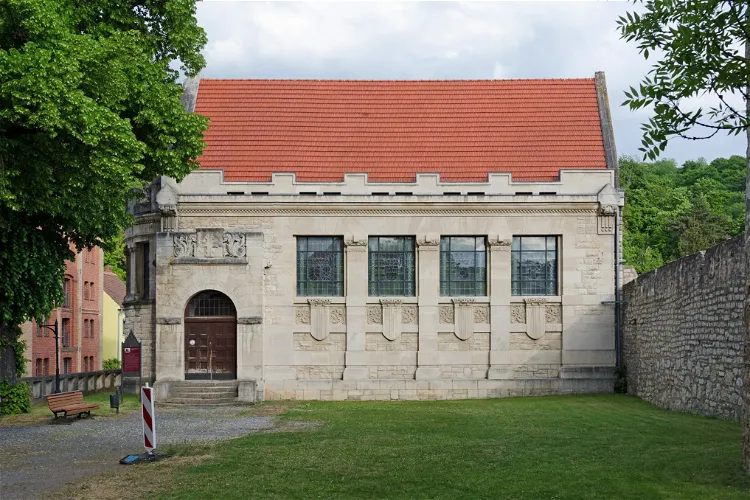
Friedrich-Ludwig-Jahn Ehrenhalle
Freyburg (Unstrut)The Friedrich-Ludwig-Jahn-Ehrenhalle, located in Freyburg (Unstrut), was originally established as a museum dedicated to Friedrich Ludwig Jahn. Today, it serves as a venue for festive events and scientific conferences, and also hosts the member meetings of the Friedrich-Ludwig-Jahn-Gesellschaft e.V. The building is protected as a historical monument, adding to its cultural and historical significance.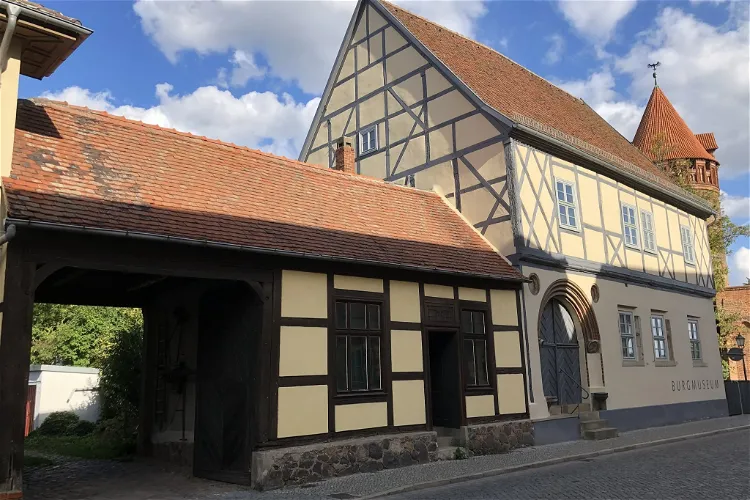
Burgmuseum Schloßfreiheit
TangermündeThe Burgmuseum Schloßfreiheit, located in Tangermünde in Saxony-Anhalt, is a protected former residence that now serves as a museum. It provides a detailed history of the neighboring Tangermünde Castle, making it a significant site for those interested in the region's past.
Mitteldeutsches Eisenbahn- und Spielzeugmuseum
QuedlinburgThe Mitteldeutsches Eisenbahn- und Spielzeugmuseum is a specialized museum situated in the historic town of Quedlinburg, in the Harz district of Saxony-Anhalt, Germany. This museum offers a unique experience for visitors interested in railways and toys, providing a glimpse into the past with its extensive collection.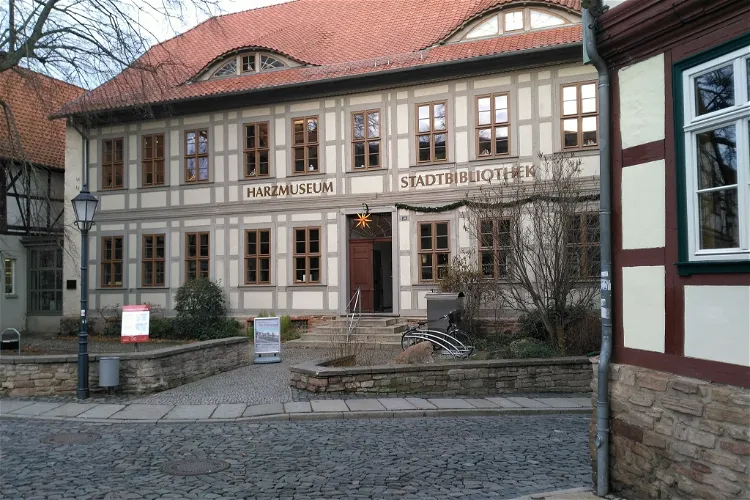
Harzmuseum
WernigerodeThe Harzmuseum Wernigerode is the city museum located in the Harz region, specifically in the city of Wernigerode. It is conveniently situated near the Wernigerode Town Hall, making it easily accessible for tourists visiting the city.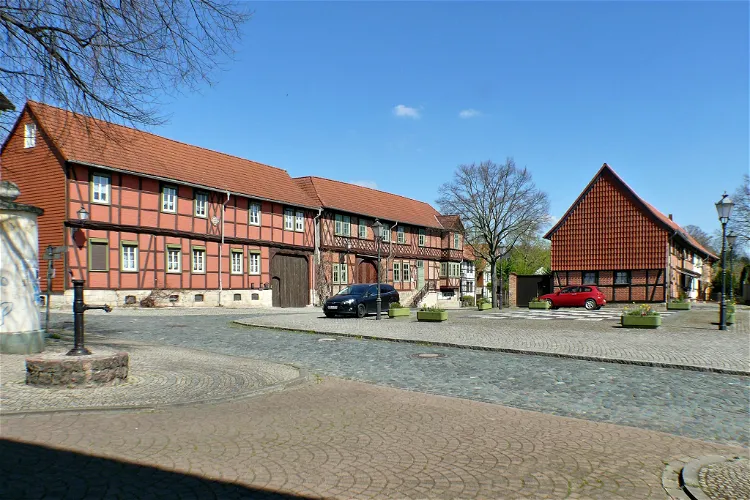
Schachmuseum Ströbeck
StröbeckThe Schachmuseum Ströbeck is a regional museum situated in the chess village of Ströbeck, which is a part of Halberstadt, in the Harz district of Saxony-Anhalt. This museum is dedicated to the game of chess and its history, particularly in the region of Ströbeck. It is a unique destination for chess enthusiasts and those interested in the cultural history of the region.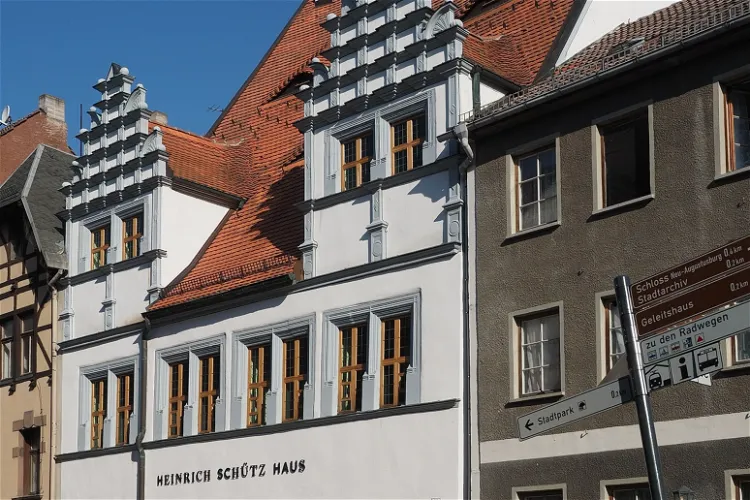
Heinrich Schütz House, Weißenfels
WeißenfelsThe Heinrich-Schütz-Haus stands out as the only largely original residential house of the musician that is open to the public today. This unique attribute provides visitors with an authentic glimpse into the living conditions and environment of the composer during his time in Weißenfels.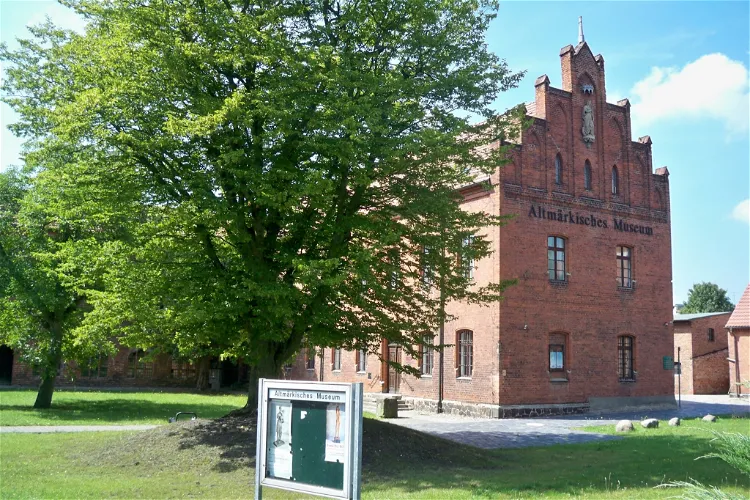
Altmärkisches Museum
StendalThe Altmärkisches Museum is a local history museum located in Stendal, Saxony-Anhalt. It is named after the Altmark region, and its exhibits present the history of this region. The museum is housed in the buildings of the former St. Catherine's Monastery.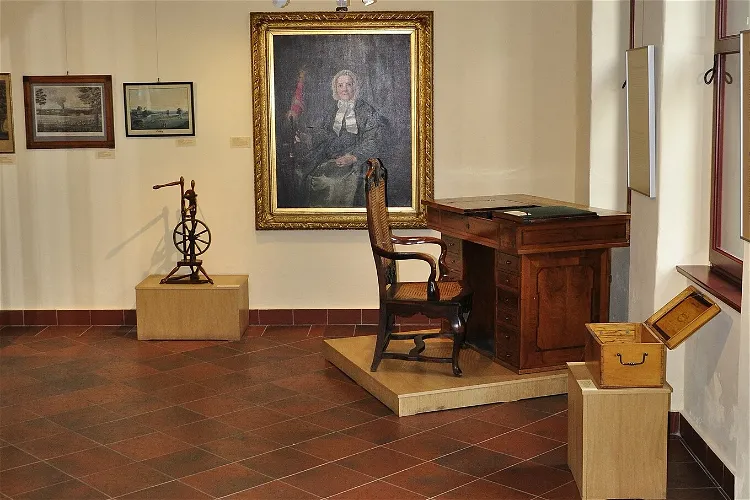
Museum Haldensleben
HaldenslebenThe Museum Haldensleben, established in 1910, is a regional museum that primarily focuses on the cultural history of the Haldensleben region and the Biedermeier period. It provides a comprehensive insight into the region's past and the significant cultural shifts during the Biedermeier era, making it a valuable destination for those interested in history and culture.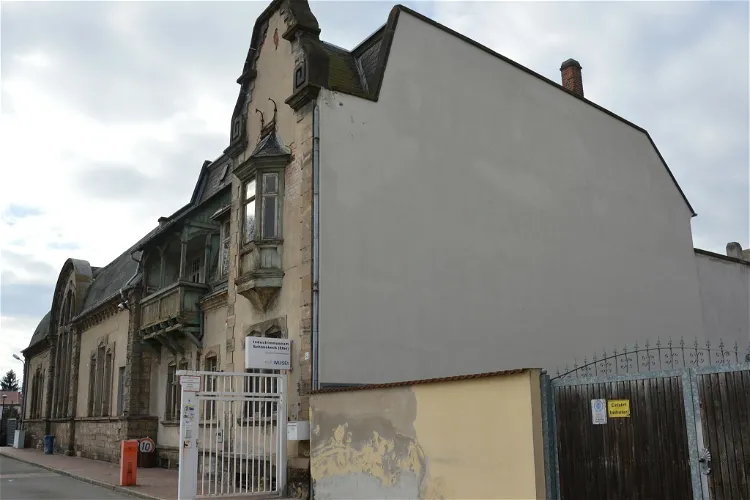
iMUSEt – Industrie- und Kunstmuseum Schönebeck-E. e. V.
Schönebeck (Elbe)The Industriemuseum Schönebeck, located in Schönebeck (Elbe) in Saxony-Anhalt, is a museum dedicated to the industrial history of the Schönebeck region. It provides a comprehensive insight into the region's industrial past, making it a valuable destination for those interested in history and industry.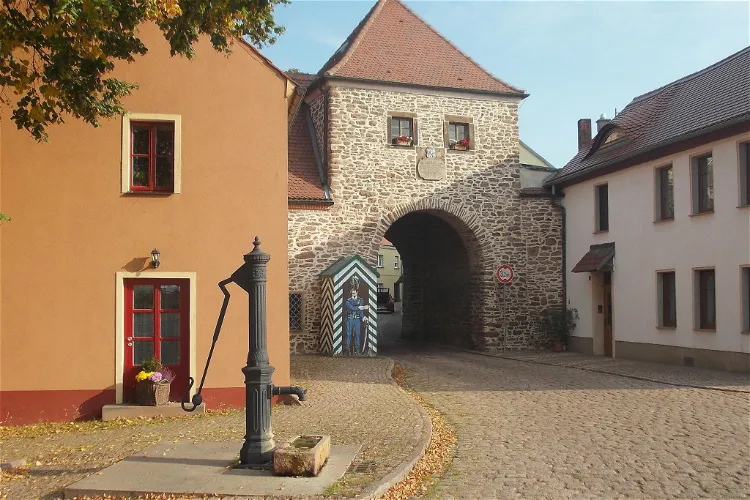
Hallesches Tor
Wettin-LöbejünThe Hallesche Tor in Löbejün is a significant historical monument located in the city of Wettin-Löbejün in the Saalekreis in Saxony-Anhalt. This city gate tower is part of the historical city fortification and is situated at the mouth of Rathausstraße into Karl-Heyer-Straße in the southwest of the old town. The tower was named after the southern city of Halle (Saale) and has been a prominent feature of the city for centuries.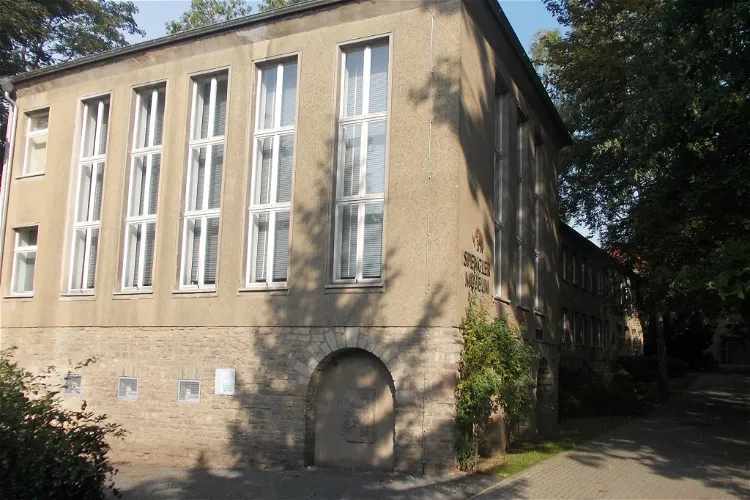
Spengler-Museum
SangerhausenThe Spengler Museum is home to a variety of exhibits that were collected by local researcher Gustav Adolf Spengler during the first half of the 20th century. These exhibits provide a glimpse into the rich history and culture of the region.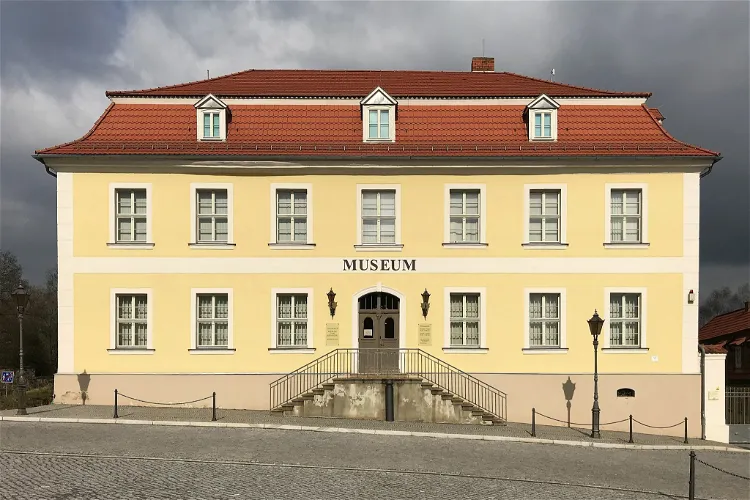
Stadtmuseum 'Wilhelm-von-Kügelgen'
BallenstedtThe Stadtmuseum 'Wilhelm von Kügelgen' is located in the city of Ballenstedt in Saxony-Anhalt, Germany. The building itself is a protected monument, adding to the historical significance of the museum. It's a great place to learn about the city's history and culture.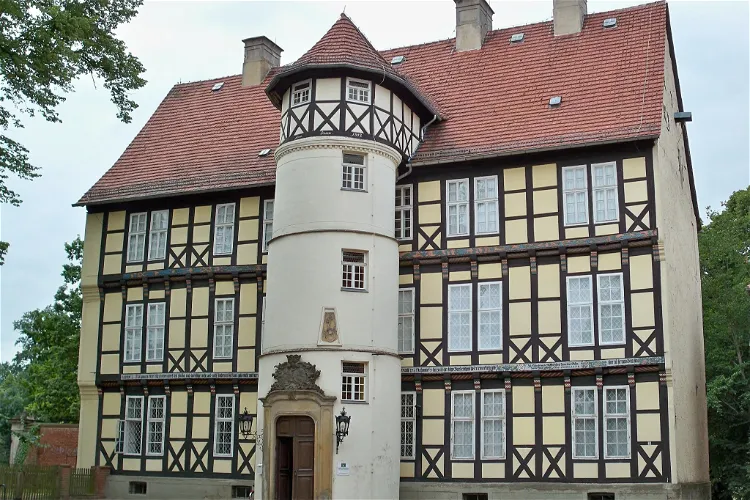
Johann-Friedrich-Danneil-Museum
SalzwedelThe Johann-Friedrich-Danneil-Museum, also known as the Danneil-Museum, is a local history museum situated in Salzwedel, Saxony-Anhalt. The museum was established in 1836 and is named after the prehistorian and high school professor Johann Friedrich Danneil. This museum is one of the first German association museums and has a rich history that dates back to the 19th century.